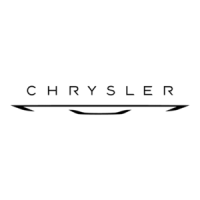
Do you have a question about the Chrysler 2005 300 SRT8 and is the answer not in the manual?
| Brand | Chrysler |
|---|---|
| Model | 2005 300 SRT8 |
| Category | Automobile |
| Language | English |
Important safety advisories and precautions for vehicle operation and maintenance.
Location and significance of the vehicle's unique identification number.
Information and warnings regarding modifications to the vehicle's structure or systems.
Details on vehicle keys, including their function and care.
Operation and function of manual and power door locking mechanisms.
Guidance on the proper use of seat belts and airbags for occupant safety.
Description of the front airbag system and its components.
Legal requirements and safety recommendations for child restraint systems.
Operation and features of interior and exterior mirrors.
System for voice-activated, hands-free communication using a cellular phone.
Information on power seat adjustments, lumbar support, and heated seats.
Operation of various interior and exterior lighting systems.
System for automatic headlight activation based on ambient light levels.
Operation of windshield wipers and washers.
System to enhance traction by preventing wheel spin.
System to enhance directional control and stability.
System for maintaining a set vehicle speed automatically.
Operation of the HomeLink universal garage door opener system.
Operation and features of the power sunroof system.
Location and function of the vehicle's 12-volt power outlets.
Description of various storage compartments within the vehicle.
Steps for starting the vehicle's engine under normal and cold weather conditions.
Information on shifting gears in the automatic transmission system.
Driver-interactive transmission for manual gear shifting.
Operation and indication of the parking brake system.
Information on the dual hydraulic brake systems and their components.
System for enhanced vehicle stability and performance during braking.
System providing steering assistance for ease of maneuverability.
Guidelines and information for safe tire usage and maintenance.
Guidelines for determining correct load limits and distributing weight.
Importance of proper tire inflation for vehicle safety and performance.
Impact of improper tire pressure on safety, economy, and ride comfort.
Characteristics and recommendations for using radial-ply tires.
How to use tread wear indicators to determine tire replacement needs.
Recommendations for selecting and using equivalent replacement tires.
Effects of poor suspension alignment and tire balance on vehicle handling.
Guidelines and precautions for installing and using tire chains.
Recommendations for premium unleaded gasoline and octane rating.
Crucial safety information on preventing carbon monoxide poisoning from exhaust gases.
Procedure for adding fuel and proper use of the fuel filler cap.
Information on load carrying capacity and vehicle certification.
Procedure for engaging and disengaging hazard warning flashers.
Steps to take if the vehicle's engine begins to overheat.
System for sealing small tire punctures and the components included.
Guidelines and warnings for jump-starting a vehicle with a low battery.
Precautions and techniques for driving on wet, icy, or snowy roads.
Methods for freeing a vehicle stuck in mud, sand, or snow.
Procedures and limitations for towing a disabled vehicle with ignition key.
Overview of the 6.1L engine and its compartment components.
System for monitoring emissions, engine, and transmission control.
Requirements for emissions testing and OBD system readiness checks.
Importance of using genuine Mopar parts for maintenance and repairs.
Benefits of utilizing authorized dealer services for vehicle maintenance.
Procedure for checking and maintaining the engine oil level.
Factors affecting engine oil change intervals and recommendations.
Chart for selecting the correct engine oil viscosity grade based on temperature.
Inspection of drive belts and tensioner for condition and proper function.
Importance of proper spark plug function for engine performance and emission control.
Recommendations for inspecting and replacing the engine air cleaner filter.
Function of the fuel filter and symptoms of a plugged filter.
Importance of using unleaded fuel and maintaining engine tune for catalyst health.
Information on the sealed, maintenance-free battery and its location.
Recommendations for checking and servicing the air conditioning system.
Location and replacement procedure for the air conditioning filter.
When and how to check the power steering fluid level.
Inspection of suspension ball joints for external leakage or damage.
Cleaning and maintenance of wiper blades to ensure performance.
Operation and fluid reservoir for windshield and headlight washer systems.
Importance of a properly maintained exhaust system for preventing carbon monoxide entry.
Maintenance procedures for the vehicle's cooling system.
Recommendations for choosing and using the correct engine coolant.
Method for checking and maintaining the engine coolant level.
Inspection of hoses and tubing for heat/mechanical damage and leaks.
Importance of inspecting brake system components for performance and safety.
Procedure for checking and maintaining the brake fluid level.
Tips for effectively obtaining service and warranty work for your vehicle.
Information on manufacturer and dealer support for customer satisfaction.
Guidance on understanding vehicle warranty coverage.
Procedure for reporting vehicle safety defects to NHTSA and the manufacturer.
Explanation of DOT tire grading categories: Treadwear, Traction, and Temperature.
Alphabetical listing of topics and page numbers for quick reference.
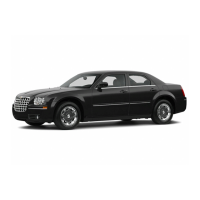
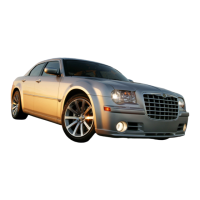
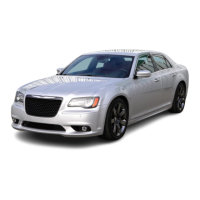


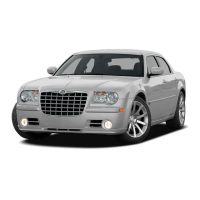
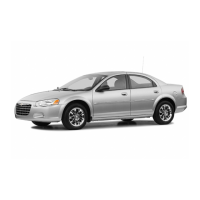
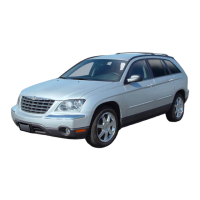
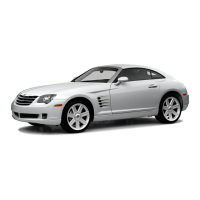
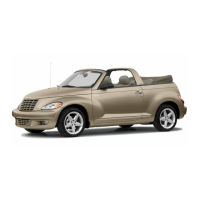
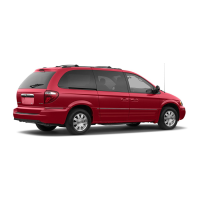
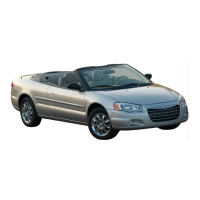
